benefits of eating raw fish
 Is Eating Raw Fish Safe and Healthy?
Is Eating Raw Fish Safe and Healthy?NutritionWhat is the healthiest way to cook fish? Fish is a . Eating regularly may decrease the risk of a series of health conditions, including heart disease, strokes and depression (, , , , ). Because of this, health professionals often recommend that people eat fish at least once or twice a week (). However, the way you cook your fish can change its nutritional composition, so some cooking methods can be better for your health than others. This article explores how different cooking methods can change the nutritional value of your fish, and examines what methods are healthier. Why is fish so healthy There are many types of fish, all with different nutritional profiles. In general, they are divided into two categories: lean and fat. Both are considered nutritious and a great source of high-quality proteins, but it is believed that fatty fish are especially important for health. This is because they contain some important nutrients, including omega-3 fatty acids and vitamin D (). Currently, about 40% of people have low levels of vitamin D. This has been related to higher-risk heart disease, diabetes, cancer, dementia and some autoimmune diseases (). The best way to get vitamin D is through sun exposure. However, fatty fish is one of the few and can contribute to a good amount (, ).Your body and brain also need omega-3 fatty acids to work at the best time. In fact, getting enough omega-3s has been linked to , including a lower risk of heart disease and some cancers (, , , ). These special fats can also decrease the decrease in brain function that people commonly experience as they age (, ). Eating lean fish can also have health benefits. Some studies have linked it to a lower risk of metabolic syndrome and reduced risk factors for heart disease (, , , ). These are some of the reasons health experts recommend eating fish at least once or twice a week (, ). Summary: Fish is a good source of high-quality proteins, vitamin D and omega-3 fatty acids. Health experts recommend eating fish at least once or twice a week. Fish is a good source of high-quality proteins, vitamin D and omega-3 fatty acids. Health experts recommend eating fish at least once or twice a week. Grilling and Broiling Grilling and broiling are very similar cooking methods. Both involve applying dry heat to your food at very high temperatures. The main difference between the two methods is that the grid applies heat from below and the shoot applies it from above. Both methods are a quick way to cook very tasty fish without adding fats. Unfortunately, both the grill and the broth are known to cause the formation of some harmful compounds called heterocyclic amines (HAs) and polycyclic aromatic hydrocarbons (PAHs) (, ).These two types of compounds are formed when the muscle tissue of the meat or fish is heated at very high temperatures, especially on an open flame (). However, the risks associated with these compounds have only been related to high intakes of red or processed meat. Fish eating has not been associated with the same risks (, , , , , , , , ).The drilling and the shoot may also result in the formation of called compounds (AAGEs). These compounds are naturally formed in your body as you age, but they can also form in foods that contain muscle like meat and fish when cooked at high temperatures (, , ). High levels of AGEs have been linked to a range of diseases, including heart disease, diabetes and Alzheimer's (, , ).To reduce your exposure to these compounds, avoid cooking with an open flame, try to keep your cooking times as short as possible. In addition, the application of a marinade to your fish before the grill can help reduce the formation of HAs and PAHs (). Abstract: The grip and the fish outbreak can produce some harmful compounds. To minimize them, cook fish for as long as possible, avoid petting the meat and adding a marinade. Agarre and fish broth can produce some harmful compounds. To minimize them, cook fish for as long as possible, avoid petting the meat and adding a marinade. Pan-Frying and Deep-Frying Pan-frying and deep-frying are high-temperature cooking methods that use hot fat. Deep friction involves submerged foods in a large amount of fat, while pan-frying uses a much lower amount of fat in a skillet, wok or pot. During the frying, the fish will absorb some of the fat, increasing its calorie content and changing the types of fat it contains (, ). Cooking your fish in an oil, such as vegetable oil, which contains high amounts of omega-6 fatty acids can increase your inflammatory content (, ). This has been shown to happen to a higher degree in fish that have been fried instead of fried bread, due to the large amounts of oil used. In general, lean fish also tends to absorb more oil than fatty fish (, ).The high temperatures during the fried fish also damage healthy omega-3 fatty acids in fish more than other cooking methods (, ). In fact, one study found that the tuna of frying decreased the amount of beneficial omega-3 fatty acids by 70-85% (). However, it seems that these effects can vary depending on which species of fish cooks. Other studies have found that some fish, such as herring, may still contain beneficial amounts of omega-3 after they are fried (, , , , ).Other nutrients may also be at risk, as a study found that the salmon frying reduced the amount of vitamin D it contained in half (). High frying temperatures can also cause more of the harmful compounds HAs, PAHs and AGEs to form (, ).In general, the pan-frying is considered healthier than the intense due to the smaller amounts of oil it uses. In addition, it is best to choose a stable oil on high heat and add healthier fats to your fish. It's a healthy choice. Abstract: Fried can increase the amount of fat in the fish and negatively affect your ratio of omega-3 fatty acids to omega-6. If you are frying, bread-fry instead of frying your fish, and use a healthy oil like olive oil. Friction can increase the amount of fat in the fish and negatively affect your omega-3 fatty acid ratio to omega-6. If you are frying, bread-fry instead of frying your fish, and use a healthy oil like olive oil. Poaching and Steaming Poaching and vaporization are cooking methods that use water or other liquids during the cooking process. The poaching involves plunging into a liquid like water, milk, broth or wine while cooking in the oven. Steaming is often done in a pot or specially designed appliance, and uses hot and steamed water to cook your fish. Neither poaching nor steam add oil or fat to the fish, so the use of these methods will not add calories or change fats in the fish (). Poaching and steam also cook fish at temperatures slightly lower than other methods, which helps preserve nutrients and is intended to minimize the formation of harmful chemicals such as HAs and PAHs. One study suggested that the longest cooking time required for fish vapor may increase the number of cholesterol oxidation products. These are potentially harmful compounds formed when cholesterol warms (, ). However, both steam and poaching are considered healthy, as their lower temperatures and lack of cooking fat help preserve beneficial omega-3 fatty acids in fish better than other cooking methods (). Abstract: The poaching and steam are low-temperature cooking methods that can preserve healthy omega-3 fatty acids better than other methods. The poaching and steam are low-temperature cooking methods that can preserve healthy omega-3 fatty acids better than other methods. Baking Baking is a dry heat method that involves cooking fish in an oven. Some studies have shown that baked fish cause less loss of omega-3 fatty acids than both frying and microwaving (, , ).Return may also be a better way to retain the vitamin D content of fish. One study found that baked salmon retained all of its vitamin D, while fried salmon lost about 50% of this important vitamin (). For these reasons, the oven is considered a healthy way of cooking fish. However, as with other cooking methods, covering your fish in oil during cooking can change your fatty acid profile (). If you are baking fish, use minimum quantities of one, such as olive oil. Abstract: When baking your fish, you are likely to lose less healthy omega-3 fats than if you fry or microwave. By baking your fish, you are likely to lose less healthy omega-3 fats than if you fry or microwave. Microwaving Microwaves cook food using energy waves. These waves interact with some of the molecules in the food, causing them to vibrate, which warms the food. This way of cooking can be controversial, as some people believe that cooking with a microwave can reduce nutrients in food (). However, microwaving is a fast and relatively low-temperature cooking method. Because of this, you can actually preserve some nutrients better than other cooking methods. In fact, many studies have found that microwaving fish can help prevent the loss of their healthy omega-3 fatty acids (, , ).In addition, the lowest temperatures mean that harmful compounds such as PAHs and HAs are less likely to form, compared to other cooking methods, such as frying. Summary: Microwaving fish can help prevent you from losing healthy omega-3 fatty acids, and can also cause less harmful compounds to form. Microwaving fish can help prevent you from losing healthy omega-3 fatty acids, and can also cause less harmful compounds to form. Sous Vide Sous vide is French for "low empty". In this cooking method, the food is placed inside a sealed bag and cooked in a temperature-controlled water bath. It is a low-temperature cooking method that cooks very slowly over a long period of time. Although sous vide takes a long time, it is considered a very healthy way to cook, because it uses a regulated and very low temperature that is thought to be blocked in moisture and preserves nutrients. One study found that fish cooked vine sous retained more omega-3 fatty acids than fish baked by oven (). In addition, like other low-temperature cooking methods, the sous vine can result in less harmful It forms during the cooking process (, ).Abstract: Sous vide is a low-temperature cooking method. It can help preserve some of the healthy omega-3 fats in fish, as well as reduce the amounts of harmful compounds that can form during cooking. Sous vide is a low-temperature cooking method. It can help preserve some of the healthy omega-3 fats in fish, as well as reduce the amounts of harmful compounds that can form during cooking. What method should you choose? Fish is a healthy food that is a great addition to any diet. However, the type of fish, cooking method, length of cooking time and cooking oil you use can affect the entire nutritional profile of your fish. In general, the healthiest cooking methods limit the loss of healthy omega-3 fats, retain the most nutritious nutrients and minimize the formation of harmful compounds. In general, this means that sous vide, microwaving, baking, vaporizing and hunting fish are your best bets. On the other hand, deep-feeding fish is the less healthy cooking method. Read this next series of words

Consuming Safe Raw Fish | How Do You Know Raw Fish Is Safe

Benefits and dangers of eating raw fish by Arnie Kaye Dillen - issuu

11 Evidence-Based Health Benefits of Eating Fish

Health Risks and Benefits of Eating Raw Fish - EcoWatch

List of raw fish dishes - Wikiwand

Is Raw Seafood Safe To Eat

Know Your Fish: Which Ones Are Safe to Eat Raw? - The Healthy Fish

Health Benefits of Eating Raw Salmon | BluGlacier

Raw Tuna: Is It Safe to Eat?

11 Evidence-Based Health Benefits of Eating Fish

Consuming Safe Raw Fish | How Do You Know Raw Fish Is Safe

Sashimi: Is it Okay to Eat Raw Fish? - Organic Authority
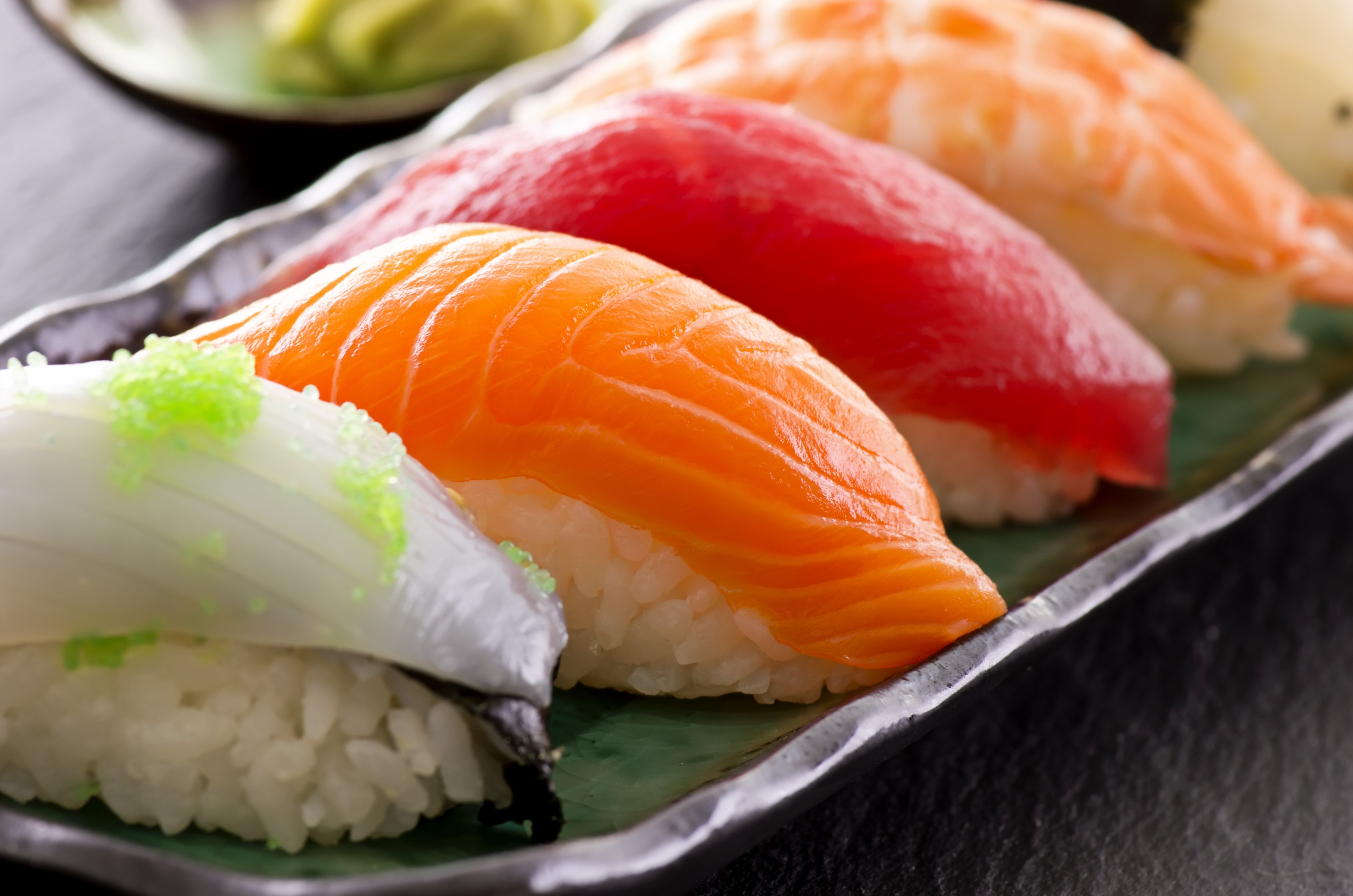
When (and Why) Is Raw Fish Safe to Eat? | Kitchn

10 Health Benefits of Eating Sushi from Brain Food to Wrinkle Prevention | The London Resident

How Often Is Too Often To Eat Raw Fish? | Health.com

Is Sushi Healthy? Here's Everything You Need to Know | Time
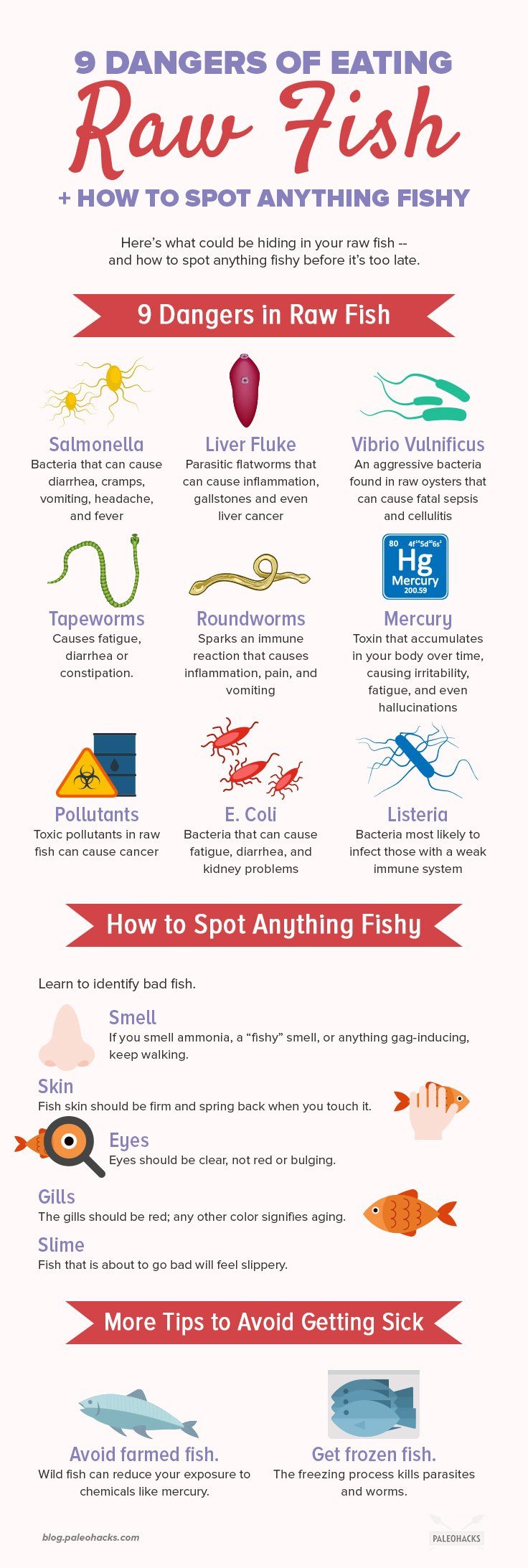
9 Dangers of Eating Raw Fish + How to Spot Anything Fishy | Health

How Often Is Too Often To Eat Raw Fish? | Health.com

Can You Eat Raw Salmon?

Raw Fish: To Eat or Not to Eat? – Smarter Nutrition
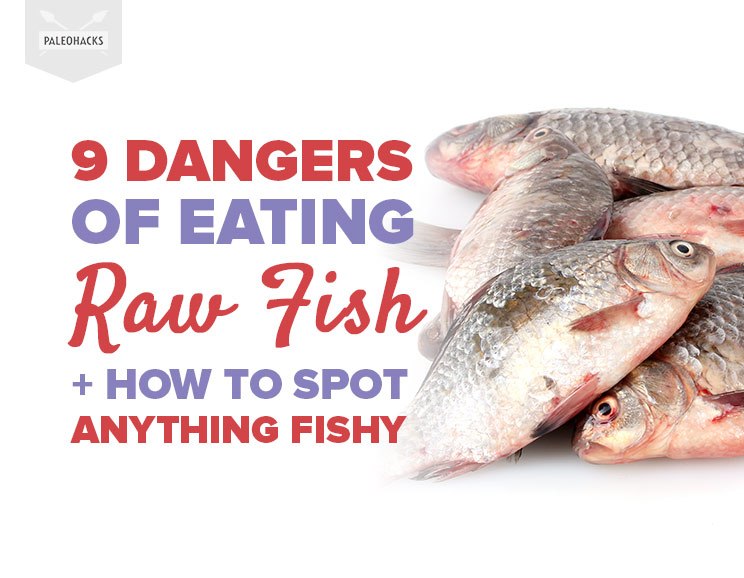
9 Dangers of Eating Raw Fish + How to Spot Anything Fishy | Health
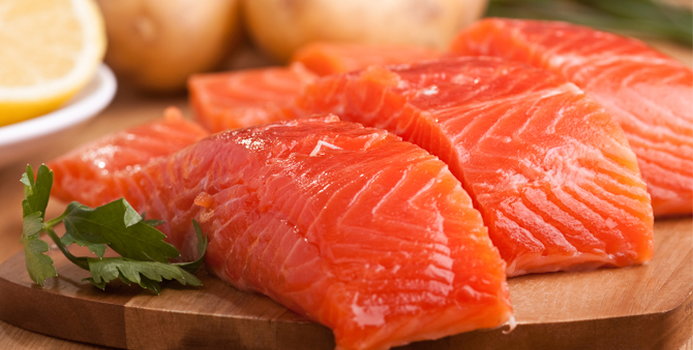
4 Tips for Preparing Raw Fish at Home / Nutrition / Healthy Eating

Is It Safe To Eat Sushi During Pregnancy? | babyMed.com
Is there a nutritional difference between raw and cooked fish? - Quora
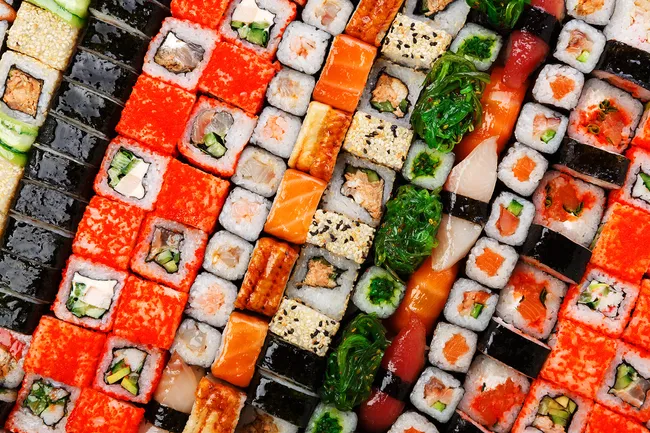
Best (and Worst) Sushi for Your Health

Sushi's Secret: Why We Get Hooked On Raw Fish : The Salt : NPR

Five exquisite raw fish dishes from around the world - Times of India
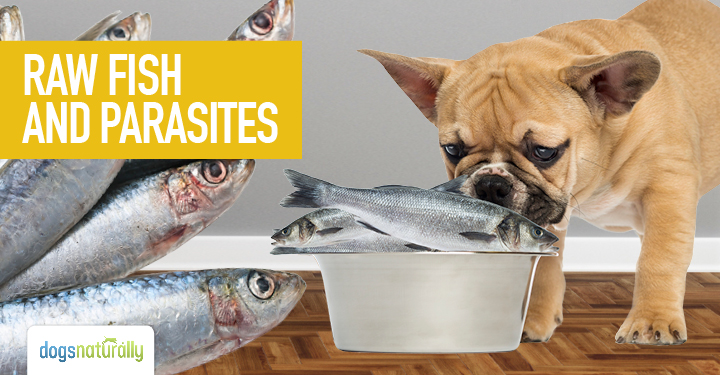
Raw Fish And Parasites | Dogs Naturally
/fish-crop-1a8aaa37f394430199710574f175952b.jpg)
Fish Nutrition Facts: Calories and Health Benefits

Is Eating Raw Fish Safe And Healthy? 2020 - Health Cautions

Is Salmon Good For You? Benefits & Concerns Of This Fatty Fish

Can You Eat Raw Salmon, and Should You?

Sashimi - BBC Good Food

20 Health Benefits of Eating Fish | Eat This, Not That!

Can Cats Eat Tuna, Salmon, or Raw Fish? | Litter-Robot Blog

Will You Still Eat Raw Fish After Watching This Video? - YouTube

The Raw and The Cooked: Tips for Eating Meat | University of Utah Health

Raw Fish: To Eat or Not to Eat? – Smarter Nutrition
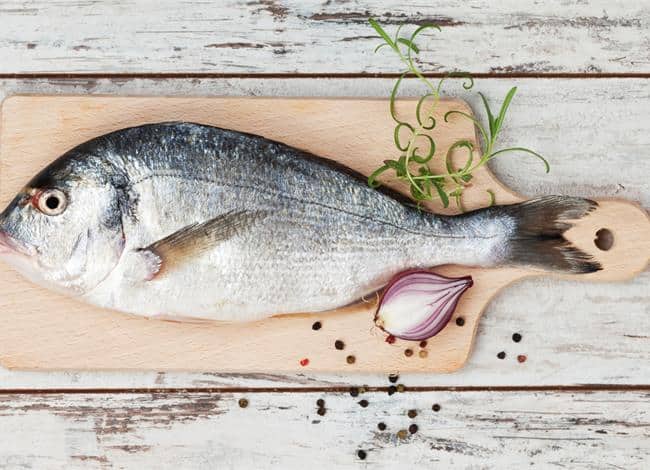
Is Fried Fish Healthy or Fattening?

Close up of a young man with a raw fish in his mouth. Many medical Stock Photo - Alamy
Posting Komentar untuk "benefits of eating raw fish"